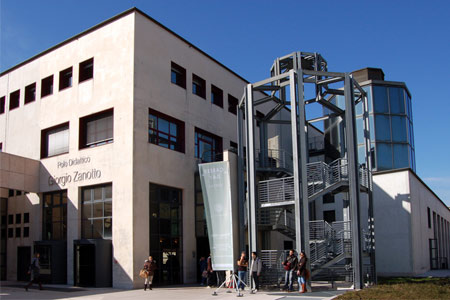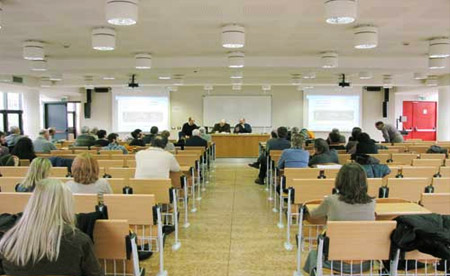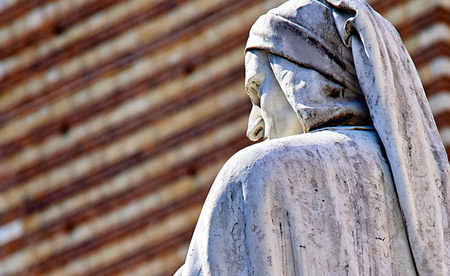Learning outcomes
Module: PARTE I
-------
COURSE'S TITLE:
The Genre of the “Lives of the Artists” from Vasari to Malvasia
The course intends to trace the development of the genre of the “Lives of the artists” from the sixteenth- to the seventeenth century. In so doing, particular attention will be paid to the comparison between the toscocentric development of the "Vite" by Giorgio Vasari (Florence 1550 and 1568) and its harshest rebuttal, as proposed in the "Felsina pittrice" by Carlo Cesare Malvasia (Bologna 1678).
Module: PARTE II
-------
Section II (G. Sava):
The course this year pertains to XVIII century sculpture in the Lombardy, an important theme in recent studies of history of art.
The aim is to inquire figurative aspects and artistic literature (specially contemporary sources).
The discussion will concentrate on those episodes which are still crucial to the understanding of the Lombard cultural identity. Special attention will be given to the relations with Italian art cities (Rom, Venice, Genoa) and the European context (Germany, Austria, Switzerland).
Syllabus
Module: PARTE I
-------
Giorgio Vasari’s "Lives of the Painters, Sculptors and Architects" (Florence 1550 and 1568) is generally considered one of the founding stones of the field of Art History. Indeed, the work provided an inescapable model for any collection of artists’ biographies written in the following centuries. However, Vasari’s "Vite" soon became also the object of criticism, sometimes even of harsh rebuttals and tough denials. This is particularly true for the "Felsina pittrice" by Carlo Cesare Malvasia (Bologna 1678), a collection of lives of the Bolognese painters from the XIII to the XVII century: in this work, the toscocentric view proposed by Vasari is dismissed not only repeatedly, but also in the harshest way possible. The course intend to trace the development of the genre of the “Lives of the artists” from the sixteenth- to the seventeenth century; in so doing, particular attention will be paid to the comparison of a number of revealing texts by Vasari and Malvasia, spanning from the debate on the origin of the “first lights” up to the Carraccis.
For the BIBLIOGRAPHY, see the Italian text above, keeping in mind thet further bibliography will be given during the course.
Module: PARTE II
-------
Section II (G. Sava):
The course is proposed to inquire some key aspects and the development of sculpture in Lombardy, particularly:
Milan and the figurative renovation early XVIII century (Carlo Francesco Mellone); sculptors from the lakes Region to Europe (Diego Francesco Carloni); baroque devotion and “Lombard realism” of the “Sacri Monti” (Beniamino Simoni); venetian sculpture in the eastern territories; Bergamo and Andrea Fantoni; Calegari workshop in Brescia; Giovanni Battista Carboni sculptor and historiographer; Stefano Salterio between Rococo and Neoclassicism.
See bibliography in the Italian text above. Further bibliography will be suggested in class.
Assessment methods and criteria
Module: PARTE I
-------
This is a written exam. It consists of three "open" questions: the first two questions require the identification of one of the texts which have been read and analyzed in class. The last question is based on a picture which must be identified and discussed within its critical context.
Module: PARTE II
-------
Lectures (with power-point presentations and videos)
Written exam.







